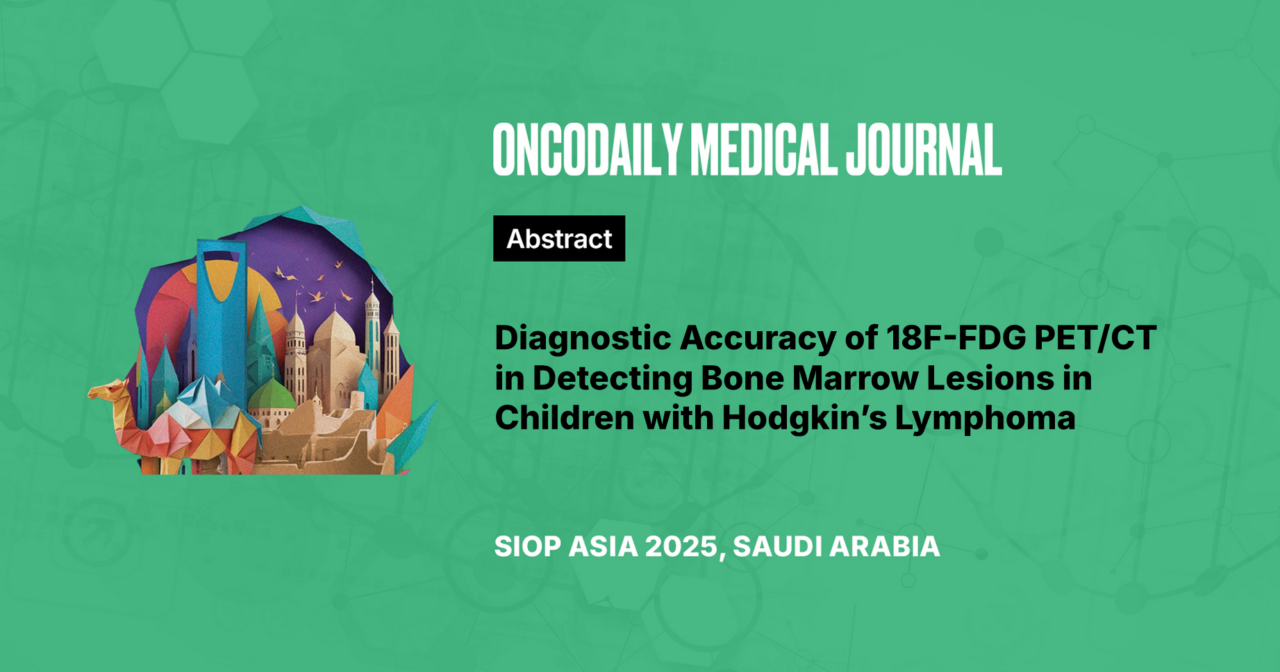Diagnostic Accuracy of 18F-FDG PET/CT in Detecting Bone Marrow Lesions in Children with Hodgkin’s lymphoma
Abstract
Introduction: The aim of this study is to assess the diagnostic accuracy of 18F-FDG PET/CT for detecting bone marrow lesions in children with Hodgkin’s lymphoma (HL), using bone marrow biopsy (BMB) as the “gold standard.”
Methodology: Сhildren with newly diagnosed HL and who underwent both BMB and PET/CT imaging as part of pretreatment staging were included in this retrospective analysis. We evaluated sensitivity, specificity, prognostic values, and overall diagnostic accuracy.
Results: 118 children with HL were included based on the selection criteria, with a median age of 14.3 years (IQR 11.1-16.2) and an age range of 0 to 17 years. The cohort comprised 55.9% males. Among the participants, 1 patient had stage I, 40 had stage II, 39 had stage III, and 38 had stage IV disease. The median follow-up period was 29 months (IQR 14-47 months), revealing 13 cases of recurrence/progression (11.0%) and one mortality (0.8%). Bone marrow involvement was confirmed in 5 (4.2%) out of the 118 patients based on BMB results. Initial PET/CT scans indicated pathological bone marrow lesions in 28 (23.7%) patients. Notably, all patients who tested positive in BMB also showed positive findings on PET/CT. There were no statistically significant differences in event-free survival based on the presence of focal lesions (p=0.19).
Conclusions: 18F-FDG PET/CT can be a perfect alternative to BMB as a noninvasive diagnostic method with high sensitivity and specificity for assessing bone marrow lesions in children with HL. Based on our findings, BMB should not be performed in HL patients when initial PET/CT shows no evidence of bone marrow lesions or when clear signs of bone marrow involvement are present.





